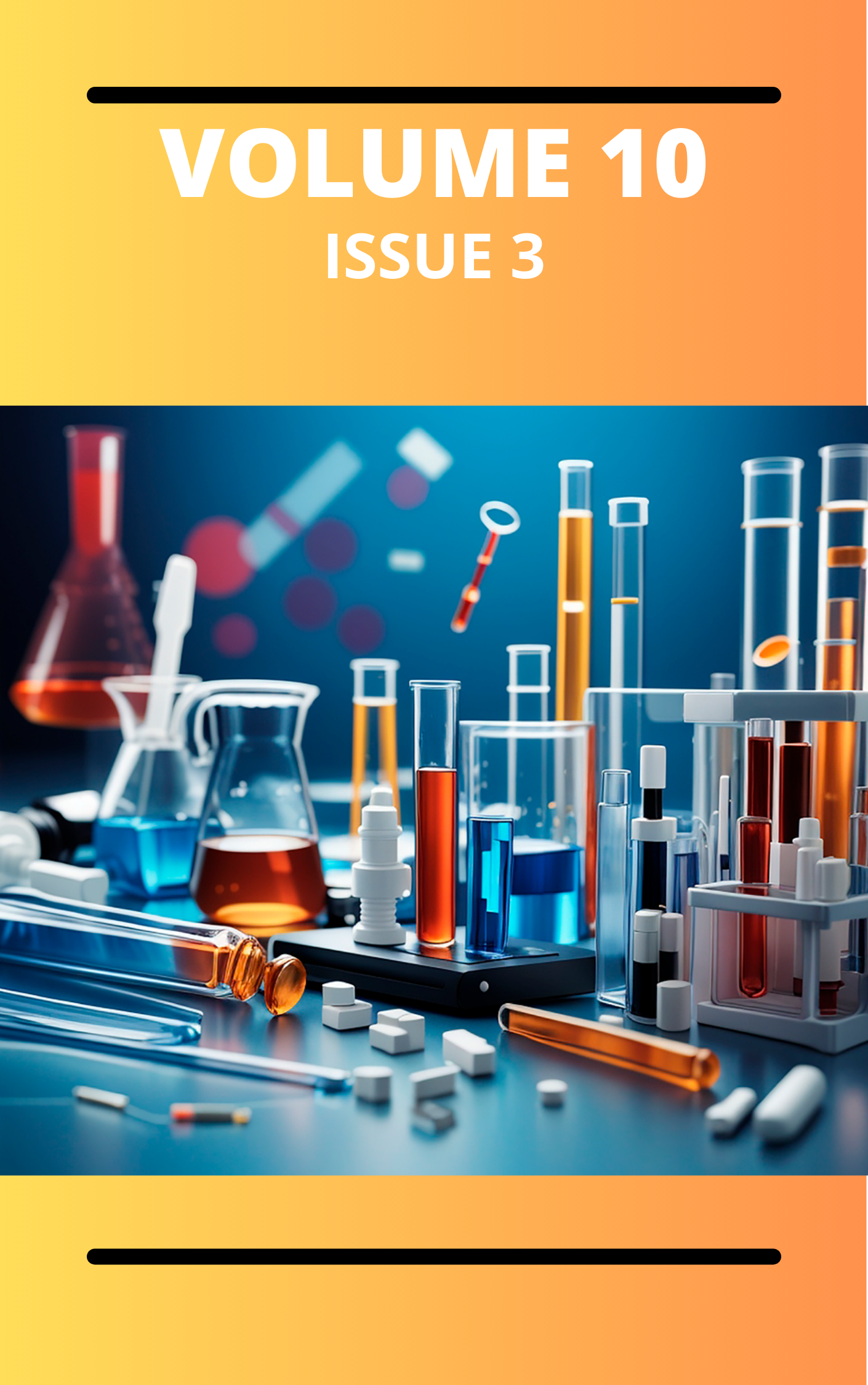Effect of Using Fabricated Motor Generator Device in Teaching Energy Concepts on Basic Science Students’ Achievement of Zamfara Central Education Zone
Keywords:
Basic Science, understanding, achievement, demonstration method, appraisalAbstract
This research work investigated the effect of using a fabricated motor-generator device to teach energy concepts to Zamfara Basic Science Students’ Achievement. The study adopted a quasi-experimental pretest--post-test design. The multi-stage sampling techniques were used to collect data from 101 students representing a sample size for a total population of 2,798 students. The instrument for data collection was developed by the researcher and validated by experts on the concepts of energy, types and forms of energy,. Two research questions and two null hypotheses guided the study. The two null hypotheses were tested at a 0.05 level of significance using analysis of covariance (ANCOVA). The research questions were answered using mean and standard deviation. An energy achievement test (EAT) was used for data collection, a split-half reliability method was used to determine the internal consistency of the instruments, and a reliability coefficient of 0.86 was obtained. The study revealed that the use of a fabricated motor generator in teaching energy concepts can improve achievement with female students performing better than male students. We recommended that teachers of basic science should use a fabricated motor generator when teaching energy concepts but with due consideration of gender preference that provides more attention to the male students.
Most read articles by the same author(s)
- Yunusa Idris, Effect of Reciprocal Constructivist Instructional Approach on Middle Basic Science Students’ Academic Achievement of Kaduna Education Zone, Kaduna State , Communication In Physical Sciences: Vol. 8 No. 2 (2022): VOLUME 8 ISSUE 2
Similar Articles
- Benjamin Effiong, Emmanuel Akpan, Specification Procedure For Symmetric Smooth Transition Autoregressive Models , Communication In Physical Sciences: Vol. 12 No. 2 (2025): VOLUME 12 ISSUE 2
- Edith.U. Omede, 2Optimization of Determinant Diagnostic Symptoms for Febrile Diseases using Genetic Algorithm , Communication In Physical Sciences: Vol. 8 No. 4 (2022): VOLUME 8 ISSUE 4
- Nkem B. Iroha, Richard A. Ukpe, Investigation of the Inhibition of the Corrosion of carbon steel in Solution of HCl by Glimepiride , Communication In Physical Sciences: Vol. 5 No. 3 (2020): VOLUME 5 ISSUE 3
- Olalekan Akanji Bello, Sani Ibrahim Doguwa, Abubakar Yahaya, Haruna Mohammed Jibril , A Type I Half Logistic Exponentiated-G Family of Distributions: Properties and Application , Communication In Physical Sciences: Vol. 7 No. 3 (2021): VOLUME 7 ISSUE 3
- Sameul Awolumat, Baernadette Tosan Fregene, Temporal Variability and Predictors of Fish Catch (2009-2011) in the Niger and Benue Rivers: Implications for Contemporary Natural Resources Management in Kogi State, Nigeria , Communication In Physical Sciences: Vol. 11 No. 4 (2024): VOLUME 11 ISSUE 4
- Charles German Ikimi, Ijeoma Cynthia Anyaoku, Maryann Nonye Nwafor, Biomarker Potentials of Postmortem Vitreous Biochemical Parameters For Resolving Disputed Causes of Death by Drowning Using Animal Models , Communication In Physical Sciences: Vol. 12 No. 2 (2025): VOLUME 12 ISSUE 2
- F. S. Bakpo, A Petri Net Computational Model for Web-based Students Attendance Monitoring , Communication In Physical Sciences: Vol. 1 No. 1 (2010): VOLUME 1 ISSUE 1
- Nnaemeka Emeka Ogbene, Hyacinth Chibueze Inyiama, Frank Ekene Ozioko, Nnamdi Johnson Ezeora, Agbo Chibuike George, Asogwa Tochukwu Chijindu, Application of Green Computing at Nigerian Tertiary Institutions , Communication In Physical Sciences: Vol. 8 No. 4 (2022): VOLUME 8 ISSUE 4
- Aliyu Umar Mustapha, Abdulrahman Ndanusa , Ismail Gidado Ibrahim, A Fifth-Order Five-Stage Trigonometrically-Fitted Improved Runge-Kutta Method for Oscillatory Initial Value Problems , Communication In Physical Sciences: Vol. 7 No. 2 (2021): VOLUME 7 ISSUE 2
- I. Usman, Modification of White Method for Quantitative Evaluation of 5hydroxymethylfurfural in Honey , Communication In Physical Sciences: Vol. 5 No. 1 (2020): VOLUME 5 ISSUE 1
You may also start an advanced similarity search for this article.




